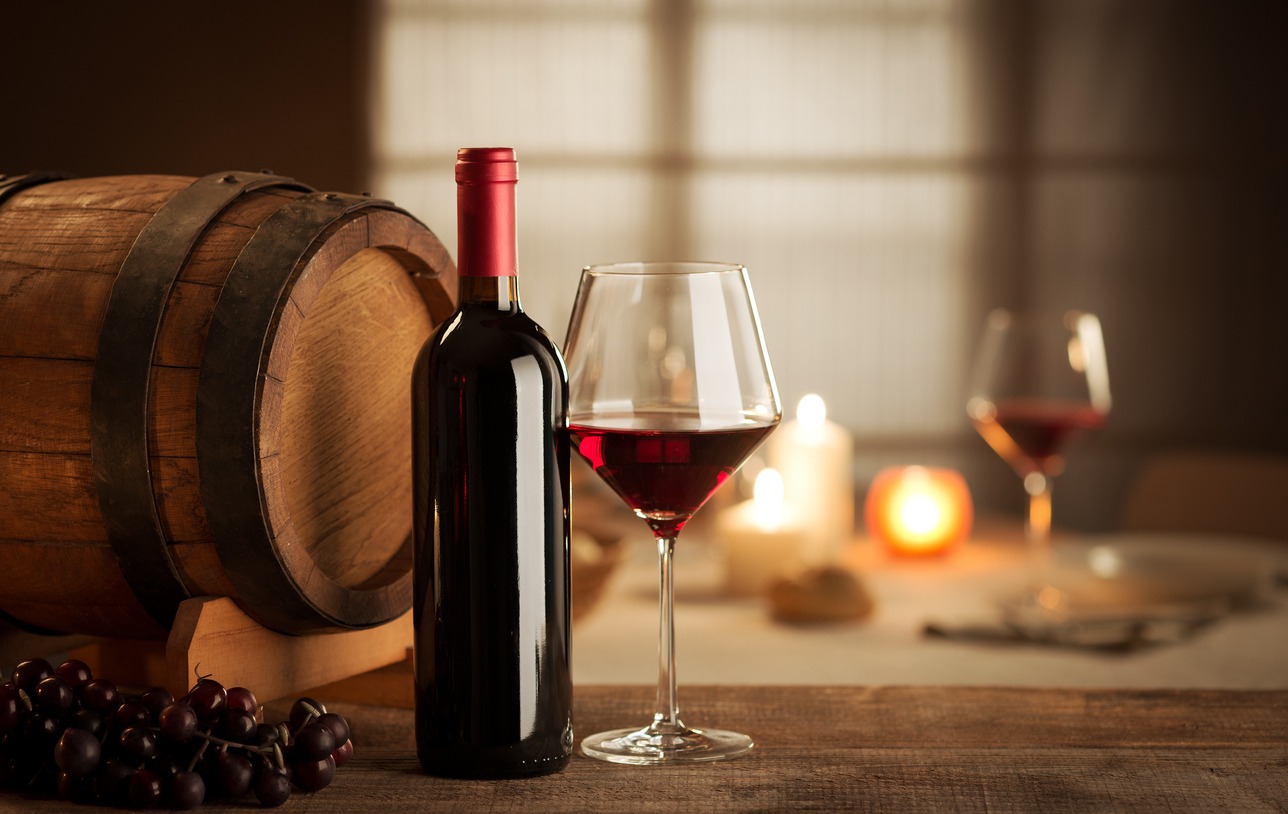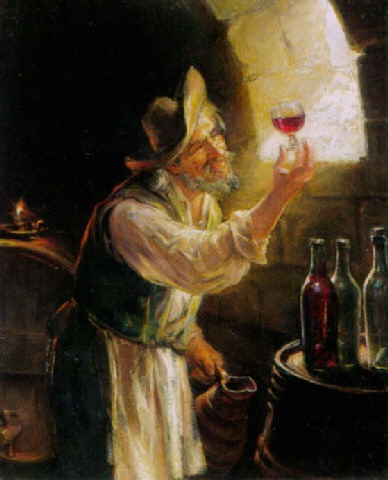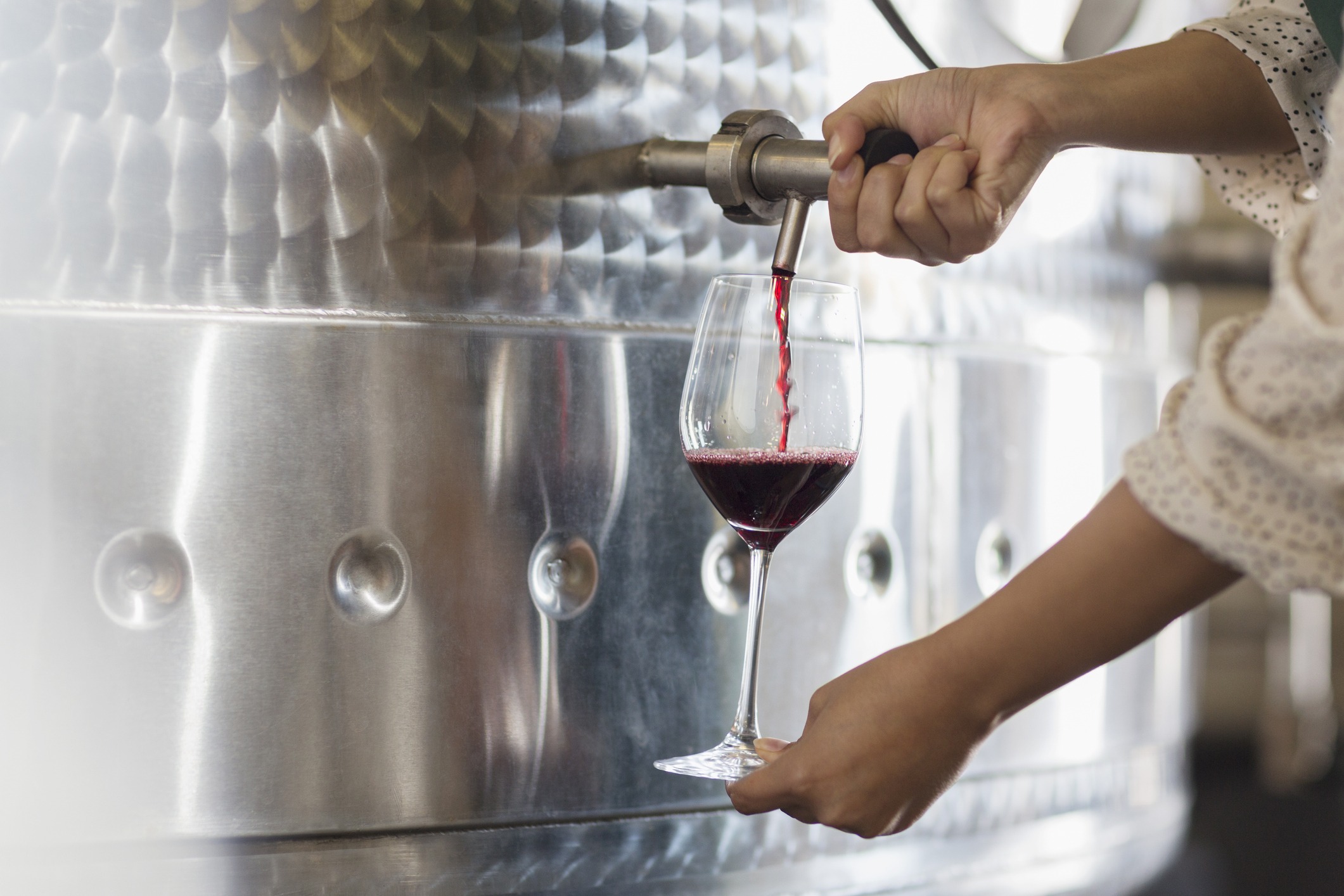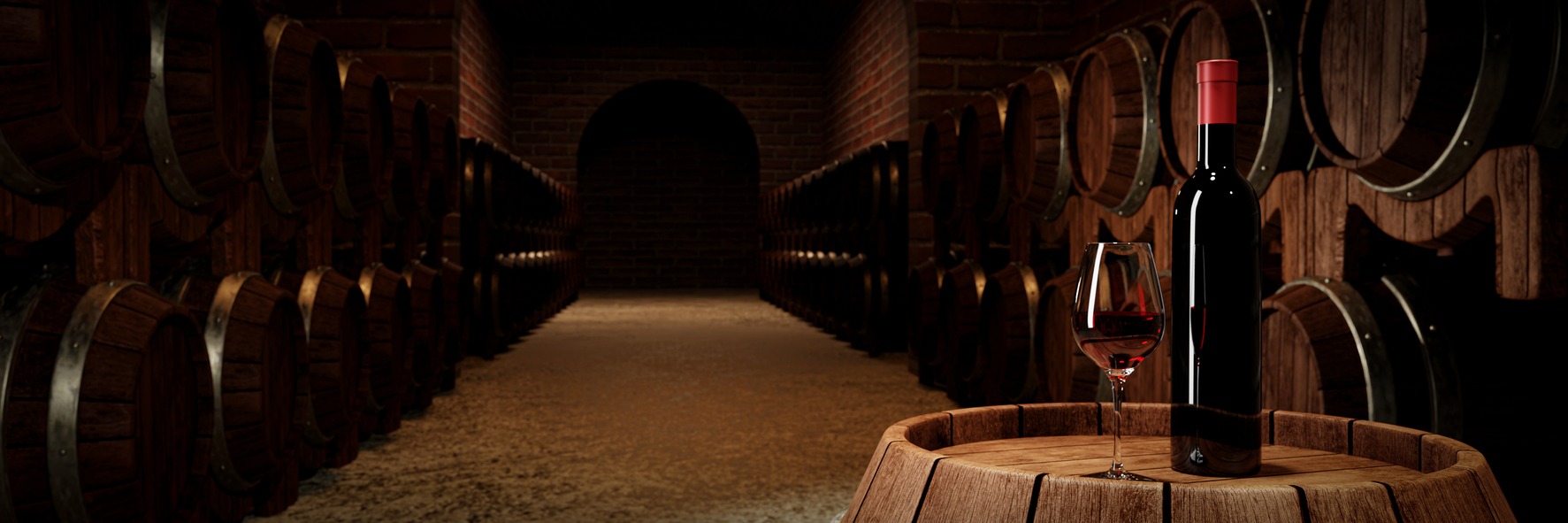The distinction between Old World and New World wines is rooted in geography, history, and style. Old World wines hail from the regions where winemaking began, encompassing Europe and parts of the Mediterranean. These areas, such as France, Italy, and Spain, are steeped in winemaking traditions that often date back centuries. Consequently, Old World wines are typically associated with a strict adherence to the regional rules and techniques that have shaped their identity. They frequently exhibit characteristics such as a lighter body, lower alcohol content, and higher acidity, with a flavor profile that leans towards earthiness and minerality.
New World wines, on the other hand, originate from countries that embraced winemaking more recently, often as a result of exploration and colonization. This category includes the Americas, Australia, New Zealand, and South Africa. Without the deep-seated traditions of the Old World, winemakers in these regions enjoy more freedom to experiment and innovate. This liberty is reflected in New World wines having a tendency towards a fuller body, higher alcohol levels, and more pronounced fruity flavors, which appeal to a different set of palates and wine-drinking experiences.
Understanding the nuances between Old World and New World wines provides insight into more than just taste. It involves a recognition of the cultural and historical factors that influence winemaking practices around the globe. Labeling, regulations, and the concept of terroir—the unique characteristics imparted by a particular place’s climate, soil, and aspect—are all elements that distinguish these two classifications. The difference is not only sensory but also a testament to the diversity and evolution of wine as an expression of both place and progress.
Historical Background and Wine Heritage

This section delves into the origins and development of winemaking, the impact of geography and climate, and the celebrated wine-producing regions that have shaped the world’s wine culture.
Evolution of Winemaking Practices
Winemaking has ancient roots, with evidence of production dating back to sites in Armenia around 4100 BCE. This practice spread to Georgia, Lebanon, Israel, and Egypt, which formed part of the ancient world’s flourishing wine trade. Old World wines are steeped in this lengthy history, often defined by long-standing traditions passed down through generations. Over time, each of these Old World wine regions developed distinct fermentation techniques that have been refined over centuries, irrevocably influencing modern winemaking practices. In contrast, New World wine regions, including the United States, Australia, Chile, and Argentina, generally adopted and adapted these techniques later, due to their more recent establishment, dating back to the age of exploration.
Influence of Geography and Climate on Wine
The concept of terroir—the complete natural environment in which a wine is produced—is central to the distinction between Old and New World wines. European regions, known for their Old World wines, often exhibit cooler climates, higher rainfall, and shorter growing seasons, which deeply imprint on their wines’ characteristics. New World regions, found in a variety of climates, are often warmer, promoting a different grape maturation process that results in bolder fruit flavors. Geography and climate collectively play a pivotal role in shaping the wine’s acidity, body, and flavor profile.
Prominent Wine Regions and Their Legacies
Old World wine regions in Europe are renowned for their historical significance and adherence to tradition. Countries like France, Italy, and Spain stand out for their enduring legacies in winemaking. For instance, France’s Bordeaux and Burgundy regions are celebrated for their stringent appellation control laws that preserve wine integrity. Conversely, New World regions, like Australia, which is acclaimed for its Shiraz, and the United States, particularly California with its diverse varietals, have solidified their place in the wine world by blending tradition with innovative production methods, thereby carving out their own legacies. Moreover, regions in Chile and Argentina have made remarkable strides, utilizing their unique geography to produce wines that resonate both locally and globally.
Viticultural and Winemaking Techniques
Viticultural and winemaking approaches significantly distinguish Old World from New World wines, with each following its own set of traditions, regulations, and technological advancements. These practices contribute to the unique qualities inherent to wines from different regions.
Old World Methods and Philosophies
Traditional approaches are prominent in Old World winemaking, where adherence to regional heritage and strict appellation laws guide the winemaking process. Vinification techniques in these regions often involve:
- Utilizing native grape varieties specific to the region.
- Fermentation in historic structures like old barrels or concrete vats.
Winemakers in these regions typically prefer minimal intervention, allowing the wine’s character to develop from the natural environment, known as terroir. For instance, in France, traditional winemaking includes the practice of using indigenous yeast for fermentation, and in Italy, winemakers might emphasize prolonged maceration times to extract deep flavors and complexity.
New World Innovations and Technology
In contrast, New World regions often embrace modern technology and innovations to enhance their winemaking and viticulture. Some key aspects of New World techniques include:
- Experimentation with a diverse array of grape varieties, including non-native ones, to find the optimal match for the region’s climate and soil.
- Adoption of advanced technology like controlled stainless steel fermenters to manage temperature during fermentation.
Winemakers may also harness innovative methods such as reverse osmosis and micro-oxygenation to adjust the wine’s components for improved consistency and flavor profiles. This technological edge supports a more dynamic approach to winemaking that can prioritize ripe fruit flavors and a bold profile.
In the New World, there’s generally less regulatory restriction, which permits winemakers to blend different grape varieties more freely and make other winemaking decisions that could be confined by Old World appellation rules. For example, the use of oak chips or staves in stainless steel fermentation is a common practice to impart oaky flavors without the need for traditional oak barrels.
Characteristic Styles and Tastes of Wines
When discussing the characteristic styles and tastes of wines, it’s important to examine the distinctions between Old World and New World wines, which include their taste profiles, aging methods, and the nuances of body, acidity, and tannin levels.
Taste Profile: Old World vs. New World
Old World wines are often perceived as having a subtler fruit flavor, higher acidity, and greater minerality compared to their New World counterparts. New World wines typically showcase bolder fruit flavors, with a tendency to be fuller-bodied and exhibit higher alcohol content. These differences stem largely from various climate conditions and winemaking traditions in these regions.
Influence of Oak and Aging Methods
The usage of oak can significantly impact a wine’s taste. Old World winemakers might lean towards a more restrained use of oak or prefer aging in used barrels, which imparts subtler, nuanced flavors. On the other hand, New World winemakers often favor new oak barrels, which contribute to pronounced vanilla, toast, and spice notes in the wine, amplifying its rich, fruit-forward character.
Body, Acidity, and Tannin Differences
The body of a wine is a key differentiator; Old World wines frequently possess a lighter to medium body with pronounced acidity, enhancing their compatibility with food. New World wines generally present a full-bodied experience with lower acidity levels, offering a more rounded mouthfeel. When considering tannins, Old World wines are noted for their firm tannic structure, contributing to their aging potential, while New World wines might exhibit a softer tannin presence, making them accessible earlier.
Labelling and Wine Laws
The regulations governing wine labelling significantly differ between the Old World and New World producers, with the former emphasizing geographic origin and the latter often prioritizing grape variety.
Old World Appellation Systems
Old World wines are labelled with a strong emphasis on the place of origin due to stringent appellation laws. In Europe, the classification systems such as the French Appellation d’Origine Contrôlée (AOC) or the Italian Denominazione di Origine Controllata (DOC) mandate that certain quality and style characteristics be adhered to, which are tied to specific geographic locations. For instance:
- Champagne: Only sparkling wines produced in the Champagne region according to specific methods may be labelled as such.
- Bordeaux: Red wines from Bordeaux must meet the designated regional criteria to carry the Bordeaux name.
- Chianti: Wines must be made primarily from the Sangiovese grape in the Chianti region of Tuscany to qualify for this label.
- Rioja: The Rioja designation indicates that the wine complies with the standards of the Rioja region in Spain.
These labelling rules protect the reputation of the wine regions and assure consumers of the wine’s provenance.
New World Labelling and Marketing
New World wines, produced outside of the traditional wine regions of Europe, are not as restricted by appellation designations. Their labelling often focuses on the grape variety as the selling point, giving consumers straightforward information on what to expect in terms of flavor. The rules governing these wines are generally less complex, and although there are legal standards that must be followed, they are not as rigid or detailed as Old World systems. Countries like the United States, Australia, and South Africa have their own classification systems that may touch upon:
- Varietal labelling requiring a minimum percentage of the named grape
- Region of origin, which may be broader compared to the precise appellations of the Old World
- Certain quality benchmarks that must be met, though these are often self-imposed by wine producers or regional associations
These labelling practices allow winemakers more flexibility in wine production and branding, which can be a significant marketing advantage.
Global Trends and Consumer Preferences
In the evolving landscape of wine, global trends significantly influence consumer preferences, often swinging between Old World and New World wines as market dynamics change.
Emerging New World Wine Countries

New World wine countries such as New Zealand and South Africa are gaining recognition for their innovative approaches to winemaking and their unique varietals. New Zealand is well-regarded for its vibrant and aromatic Sauvignon Blanc, propelling the country to be a key player in the wine industry. South African wines, particularly Chenin Blanc and Pinotage, have carved out a niche, showcasing the region’s diverse terroir.
Canada is another example, particularly with its production of ice wine, while Argentina and Chile in South America are celebrated for their bold reds like Malbec and Carménère. The United States continues to excel not only in regions like California’s Napa Valley, but also in Oregon and Washington, which are recognized for their Pinot Noir and Syrah, respectively.
Shifts in Consumption and Production
The wine world is witnessing a shift in both consumption and production patterns. In terms of consumption, there is an increasing demand for wines from traditionally non-dominant countries. Meanwhile, traditional producers like France, Italy, Spain, Germany, and Portugal remain influential, with their wines deeply rooted in history and terroir, yet they also adapt to changing consumer tastes with innovative practices.
On the production side, North America, especially the United States, continues to see a rise in the number of wineries and a diversification of wine styles. Similarly, Eastern Europe is becoming more prominent, with countries such as Georgia and Romania stepping onto the global stage, bringing both traditional and experimental wines to the forefront.
The Mediterranean and Middle East are also areas where ancient winemaking traditions are being rediscovered and modernized, influencing both local and international wine markets. These regions are beginning to contribute significantly to the diversity of the global wine offering, challenging the status quo of wine production and preference.
Final Thoughts
The distinction between Old World and New World wines is rooted in geography, winemaking practices, and the history and culture of wine production. Old World wines, hailing from regions in Europe like France, Italy, and Spain, are often characterized by their adherence to traditional methods and regulations, terroir-driven flavors, and subtler, more complex profiles. These wines are frequently described as being more about balance and terroir than overt fruitiness. On the other hand, New World wines, produced in countries like the USA, Australia, and South America, are typically fruit-forward, bold, and innovative in their winemaking techniques. These wines often reflect a freer approach to winemaking, with fewer restrictions on practices and a greater emphasis on expressing the varietal character of the grape.
Both Old World and New World wines offer unique and rich experiences to wine lovers, each telling a story of their origin, be it through the nuanced whisper of an Old World Pinot Noir or the bold declaration of a New World Shiraz. The choice between the two often comes down to personal preference and the occasion. Whether you lean towards the elegance and tradition of the Old World or the vibrancy and innovation of the New World, exploring wines from both realms can offer a delightful journey through the vast and varied world of wine.




